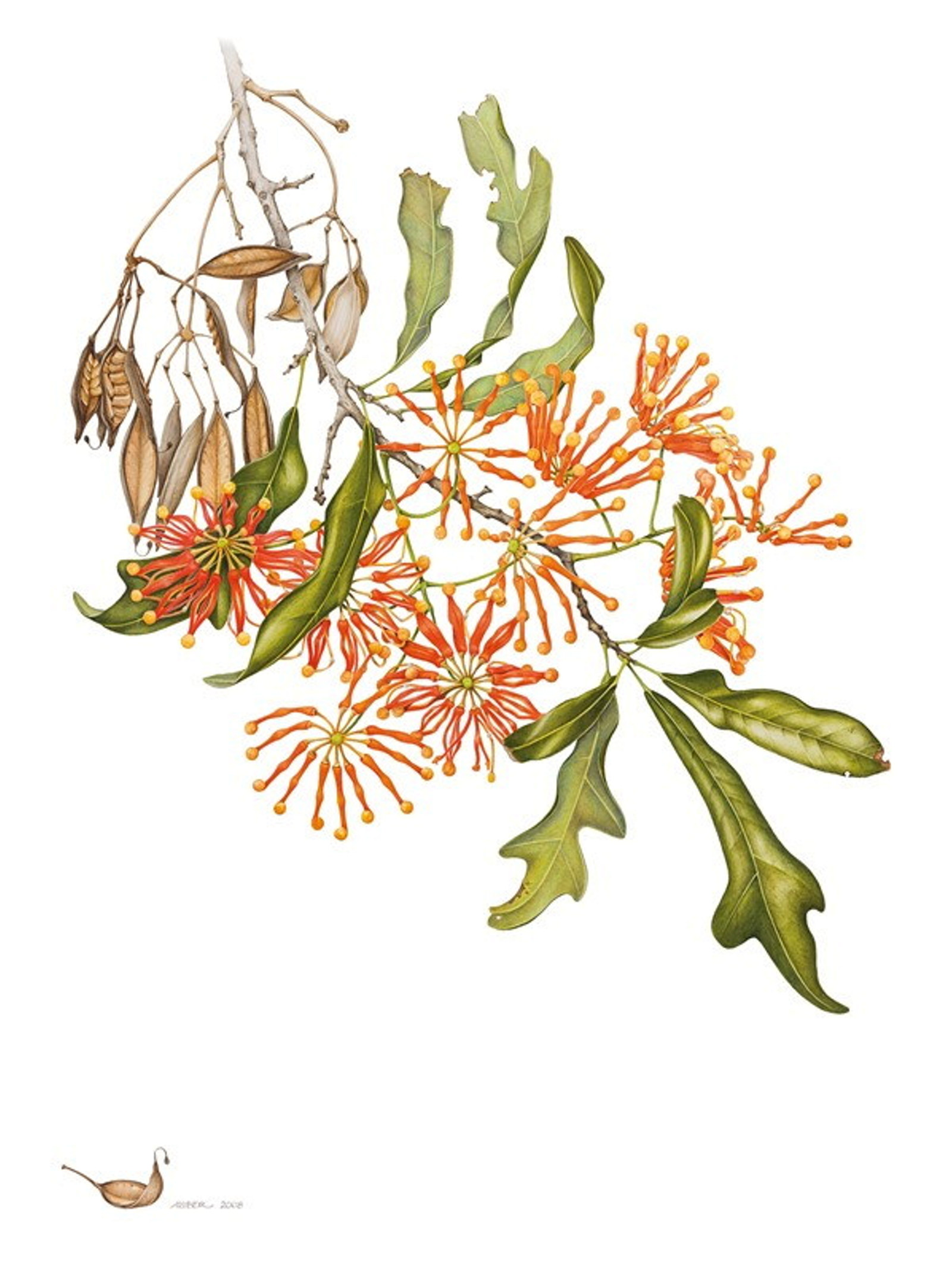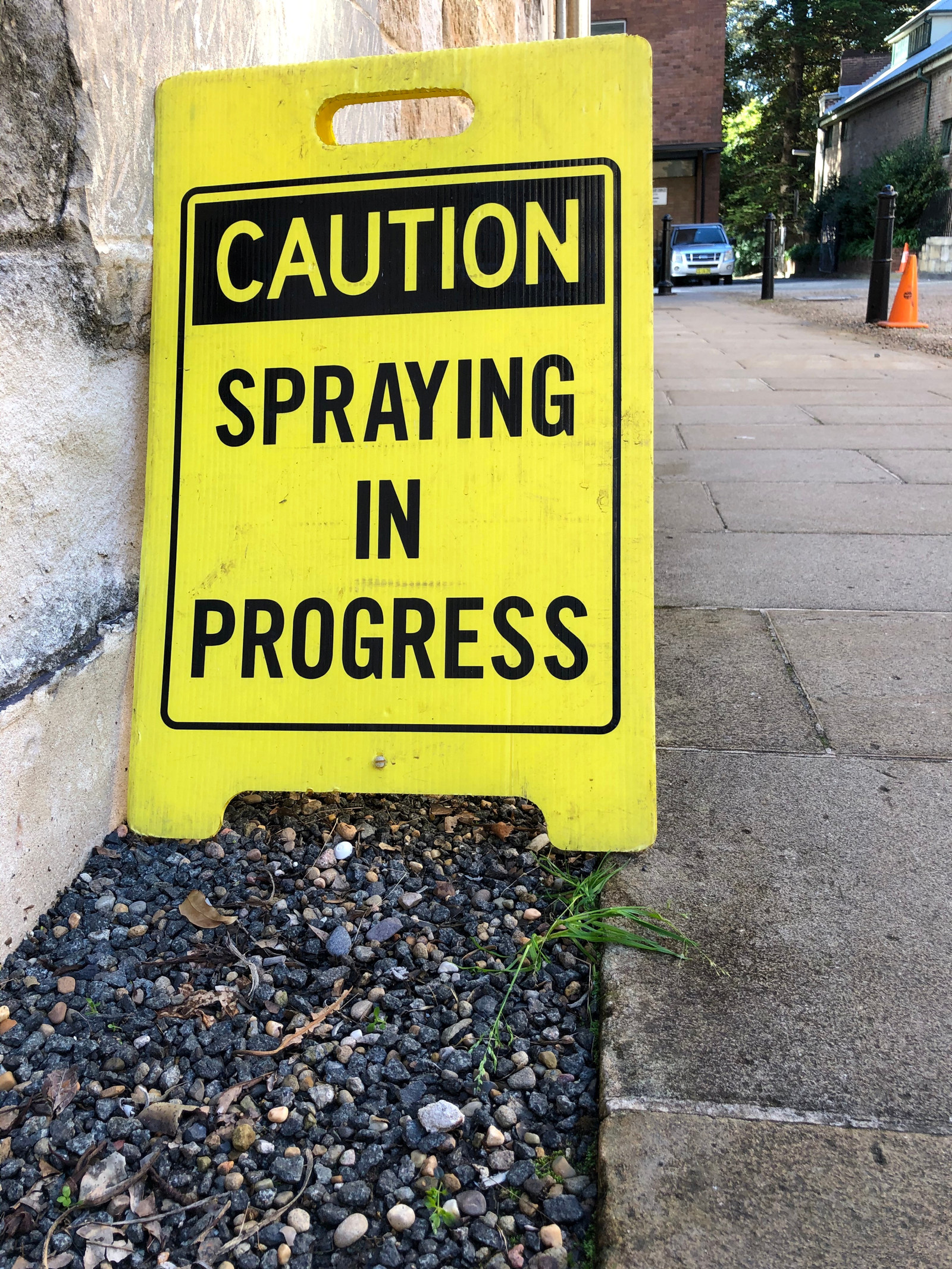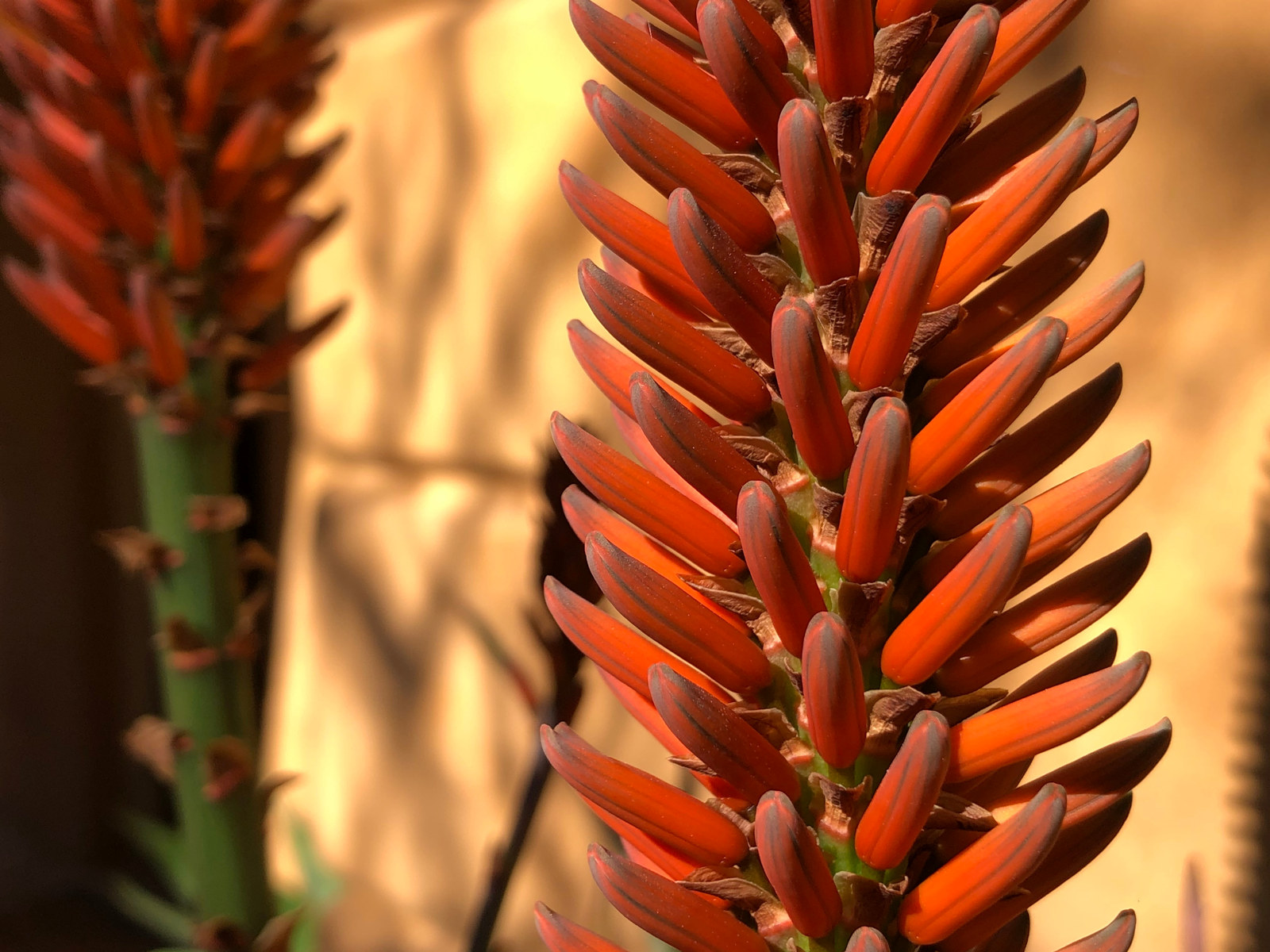A mossy analogy for Susannah Place: small but mighty
Darwin recognised analogy as a tool for thought that might allow leaps of insight unjustified by full equivalence.1
Mosses are everywhere! They are small, mighty, unsung and inhabit the most unusual places. They can be found in all our museum outdoor spaces if one looks closely enough.
By taking Darwin’s use of analogy as inspiration, one might profitably compare some of the properties of these ancient plants to Susannah Place, a set of four working-class terraces built in 1844, to gain some insights into both.
How are these organic and inorganic entities similar? It requires a sight stretch of the imagination and an ‘attentiveness to life at all scales,’ which foremost bryologist, Robin Kimmerer tells us in her wonderful book, Gathering Moss, rivals the most powerful magnifying lens.
Mosses date back 450 million years. Scientifically known as bryophytes, there are over 22,000 species in existence. These plants have the extraordinary ability to survive in extreme environments from the Arctic to deserts and even under water, and can lay dormant for years only needing a little moisture to revive them.
While not as ancient as moss, Susannah Place’s terraces are remarkable survivors too. They were earmarked for demolition multiple times including the bubonic plague clearances of the Rocks in the early 1900s and during in the 1970s, when grand plans for redeveloping the Rocks were being proposed and have remarkably survived. Three terraces lay dormant from the 1970s while one was occupied till 1990 before Susannah Place was ‘revived’ and turned into a working-class museum in 1993.
It is surprising to learn that mosses do not have roots, instead they use rhizoids. These are small hair-like structures that anchor mosses to surfaces including rocks, soil, or tree bark. Interestingly, they can also anchor themselves to some very unusual surfaces like the hairy back of a New Guinea beetle, providing the beetle great camouflage and the mosses somewhere to deposit their spores! The analogous equivalent to Susannah Place can be seen in the way its terraces ‘colonise’ the high rocky outcrop of Gloucester Street with their presence, and like their mossy rhizoid counterparts, the basement kitchens which are cut into the rocks, anchor the terraces in place and to each other.
It is curious to note that mosses do not possess a vascular system nor do they flower. Without roots to allow for the uptake of water and minerals, nutrients instead pass directly through their chlorophyll endowed leaves and all produce spores rather than seed. So, what does this say about Susannah Place? It survives through the stories that are told about the people who built it, and the tenants who inhabited it. These stories are passed down from the ‘leaves’ of oral histories of residents to visitors, acting as a virtual vascular system giving Susannah Place life, energy, and renewal.
Moss trivia also abounds. For example, sphagnum moss which plays a vital role in the creation of peat bog, was widely used as wadding for wounds in WWI (in a wartime connection – the basement at number 64 Susannah Place was used as a shelter during WWII). Indigenous populations have used long used moss for bedding, sponges, as a water resource and fire starters. Interestingly, Japan, whose moss gardens are world renown, has moss fan clubs and is so revered that it is even central to their national anthem:
… till what are pebbles now,
By age united, to great rocks shall grow,
Whose venerable sides the moss doth line.
When visiting Susannah Place look out for the impromptu mossy trench in number 60 backyard to see how the pebbles ‘by age united’ have developed a layer of moss that unites them into a wonderous miniature landscape, worthy of any Japanese garden! While this mossy trench is not a permanent fixture of Susannah Place’s gardens, it demonstrates how opportunistic mosses are by taking advantage of any damp conditions.
Learning about nearest or largest things first and minutest last is something that the great taxonomist Linnaeus attributed to our ‘natural instinct.’ For example, observing or learning about large plants first and small moss-like plants last. However, one could argue that the smallest mosses are often mightier than the largest plants: found in areas that have been deforested or ravaged by fires, they are the first plant colonisers, they also help in the growth of new plants by retaining water and stabilising the soil and are therefore worthy of closer or first consideration. Susannah Place has often been referred to as “small but mighty,” punching well above its weight in the SLM suite of museums. It draws people to the Rocks and contributes to the wonderful diversity of museums visitors can experience.
It is beyond the scope of this article to describe more of the amazing properties of moss, but one hopes it has piqued enough curiosity to find out more about them and to visit the unique Susannah Place Museum, when it opens later this year.
As Kimmerer suggests,
look in a certain way and a whole new world can be revealed.
Footnotes
1. Beer, Gillian. “Plants, Analogy, and Perfection: Loose and Strict Analogies.” Marking Time: Romanticism and Evolution, edited by Joel Faflak, University of Toronto Press, 2017, pp.29–44
References
Griffiths, Devin S, ‘The Intuitions of Analogy in Erasmus Darwin's Poetics’ (2011) 51(3) Studies in English literature, 1500-1900
Kimmerer, Robin Wall, Gathering Moss: A Natural and Cultural History of Mosses. United Kingdom: Penguin Books Limited, 2021
Faflak, Joel, Marking Time: Romanticism and Evolution. University of Toronto Press, 2018
Published on
Plant your history
Browse all
Florilegium plants
A gathering of flowers: the Florilegium collection
Finely detailed botanical artworks reveal the range of plants introduced to Sydney’s gardens over the past 200 years

Plant your history
A new weapon in the war on weeds
A black and yellow sign warns me there is “Spraying in Progress”, and I wonder for a moment why no one is wearing a mask, or even gloves. But the dangerous looking mist enveloping these men is not what it seems

Plant your history
Acanthus - an apt symbol for The Mint
Look at any classical building today, anywhere in the world and chances are you will find an acanthus leaf lurking somewhere

Plant your history
Aloe arborescens ‘candelabra aloe’
Tours at Elizabeth Farm often start alongside a large bed of succulents, dominated by towering cactus
